Welcome to UVM Blogs. This is your first post. Edit or delete it, then start blogging!
My home town is located right alongside the Hudson River, and a half an hour from New York City. In my opinion, the geography of it is interesting. In that it may be considered the “country”, containing parks, and open spaces. But, it is also a single train ride away from New York City. Throughout the years, new immigration, and land purchases have adjusted the natural landscape of the town. The land that I identify as home has gone through drastic ecological changes for almost five hundred-years. Since the colonial period, new developments have been built, and new people have settled there. But, one aspect of the land that changed very little is the Rockefeller estate property. Even long after David Rockefeller has passed away, portions of his land are still intact. The ecological features there consist of long, green grass, trails, rolling hills, trees, cattle, and streams. A place that I visit in order to escape into nature, and breathe in the fresh air. Being there, it feels a bit paradoxical between nature, and a busy town. On top of that, there are several destinations across the river to hike. As well as Stone Barns, which is a small, agricultural operation nearby. So many aspects of my home town that I always took for granted, I can now reflect upon. My town is rich in history when it comes to early American settlement, and Native American inhabitants. Originally, Sleepy Hollow was home to the Weckquaesgeek people. But, by 1653, the Dutch and the Weckquesgeek were at war with one another. For instance, “By the time of the Revolution, the area of Sleepy Hollow and Tarrytown were frequented by local families that had lived on Philipsburg for two or three generations. These families were largely Dutch-American, French Huguenot, Swiss, and German. Also present were African American slaves and persons of Native American descent…” (par. 6-7). Over the next few years though, the town and those nearby had begun to industrialize. Because of the blossoming work opportunities, many immigrants began to reside in the area. The ecological diversity, and richness in history have shaped my identity. Therefore, from living there my entire life, I’ve developed a sense of attachment to the area. My hometown has changed since I’ve been at UVM, in that the leaves have turned. During the summer, the air was warmer, and the foliage was dark green. The meaning of this place is much stronger than the attachment that I have to it. The meaning is defined as comfort, familiarity and the memories associated with the place. Whether through the fond memories of walking along the Old Croton Aqueduct trail to get to school, or walking through Rockefeller state park on a sunny day. My town will always hold a special place in my heart through both its familiarity and comfort.
Work Cited:Steiner, H. (n.d.). History of the Village. The Village of Sleepy Hollow New York. Retrieved from https://www.sleepyhollowny.gov/discover-sleepy-hollow/pages/history-of-the-village
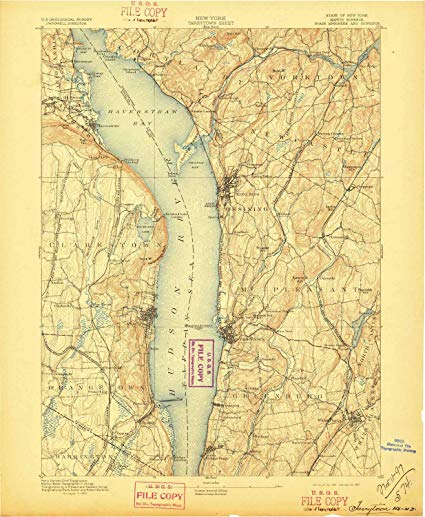
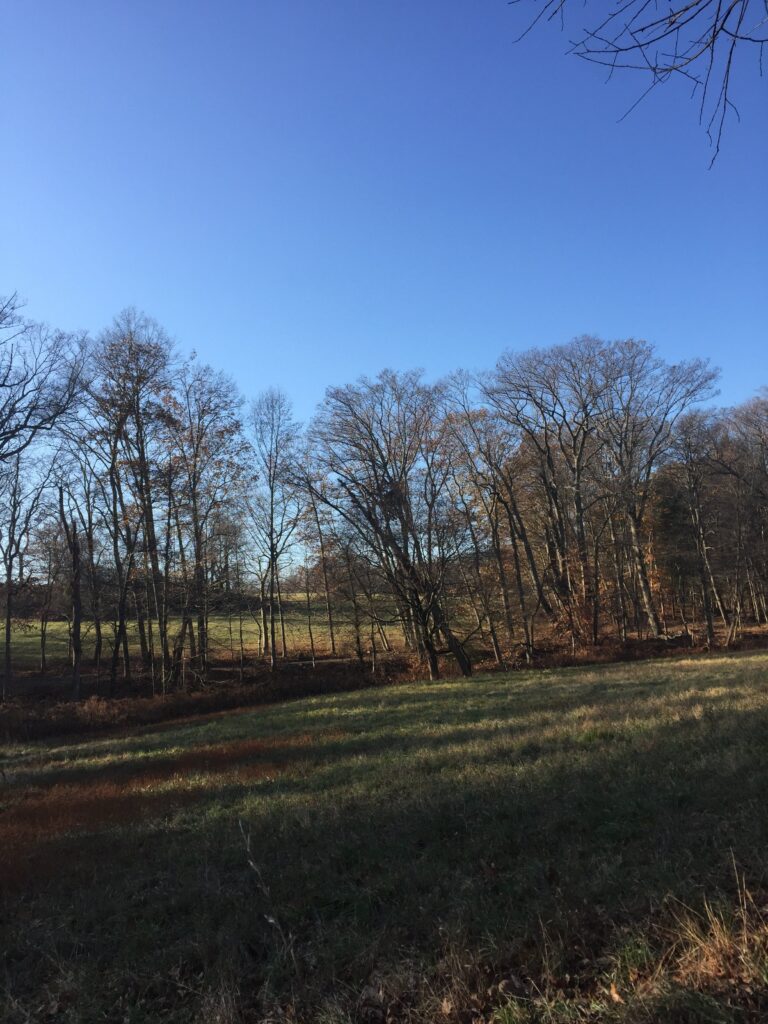
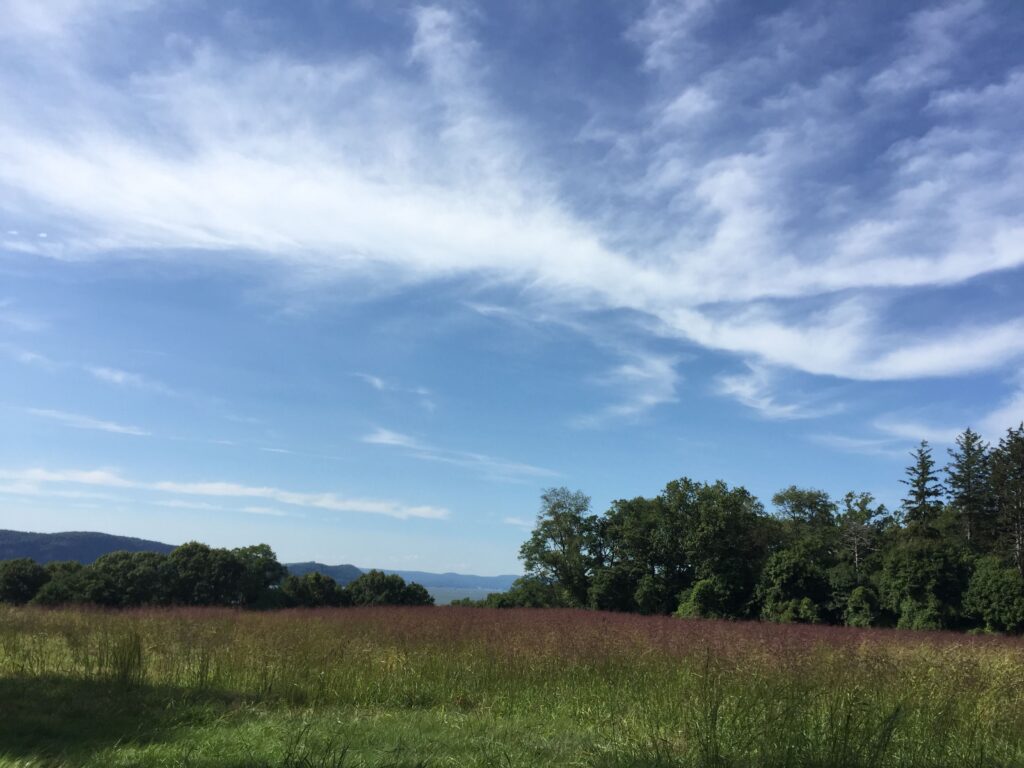
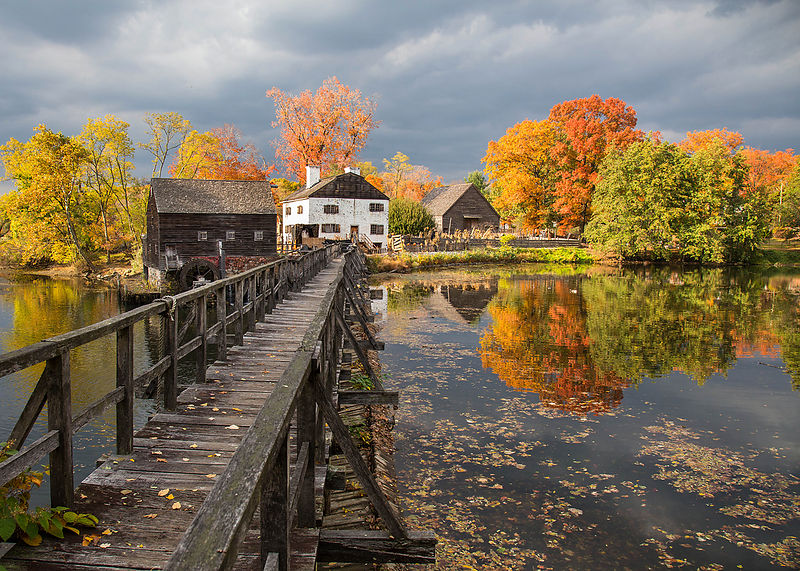
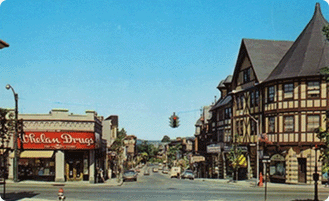
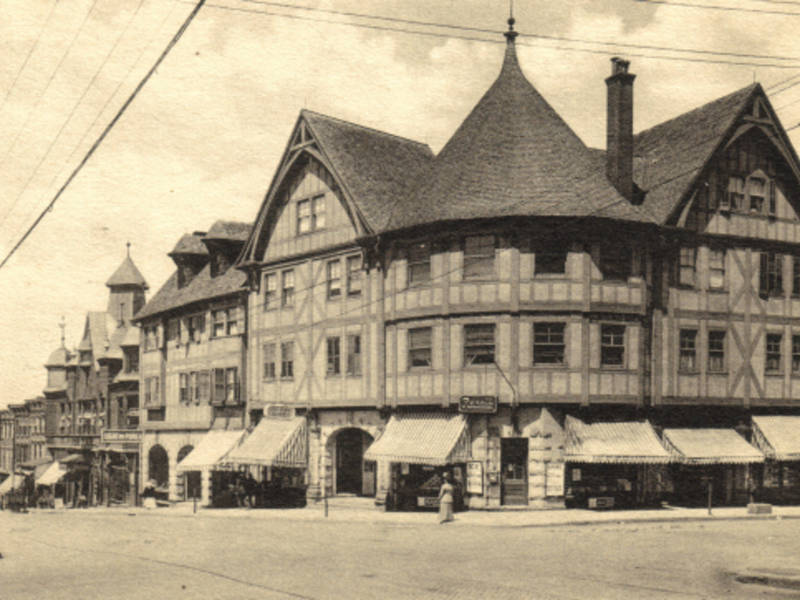
Recent Comments